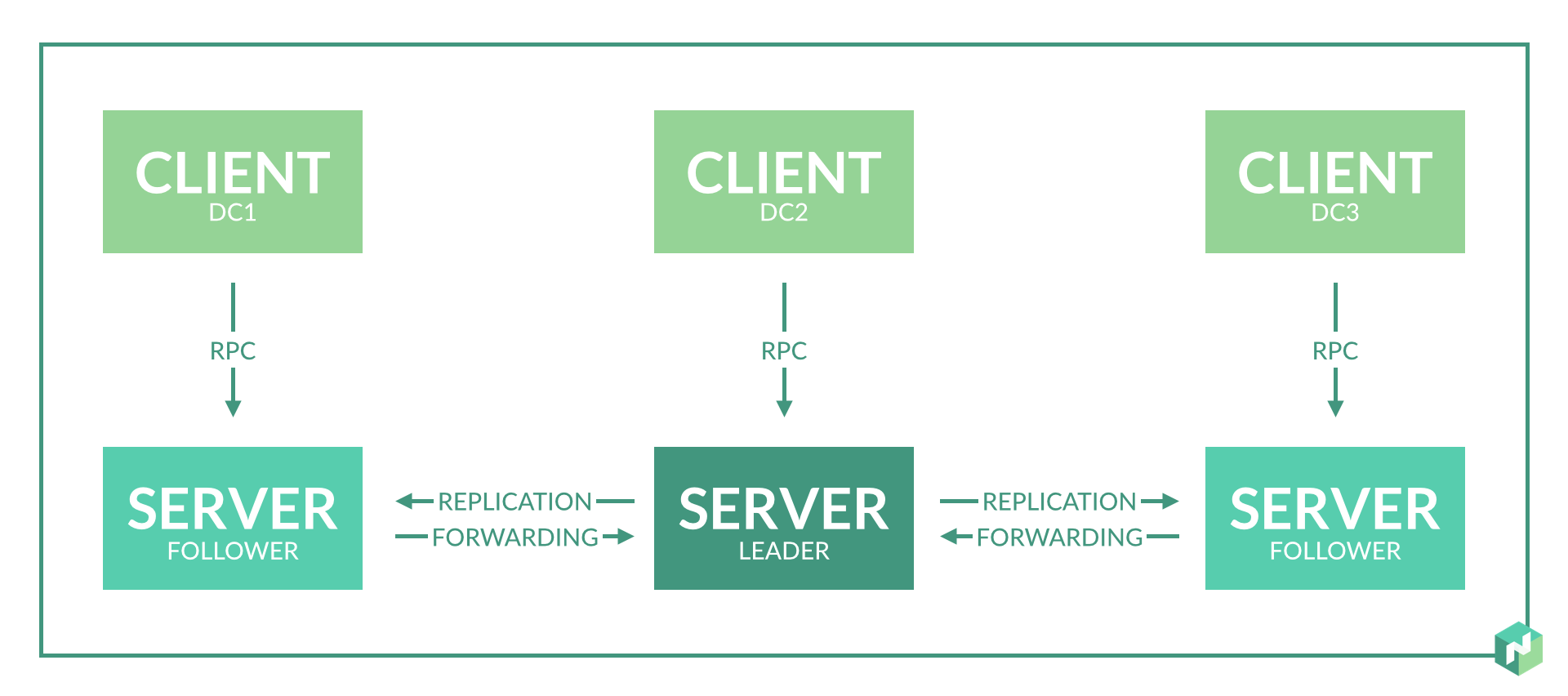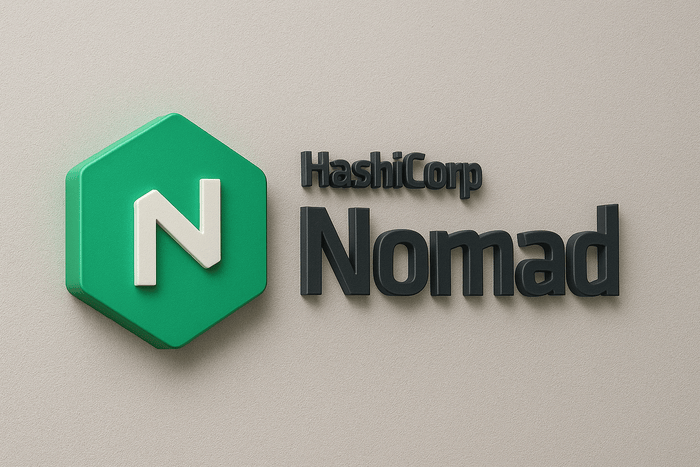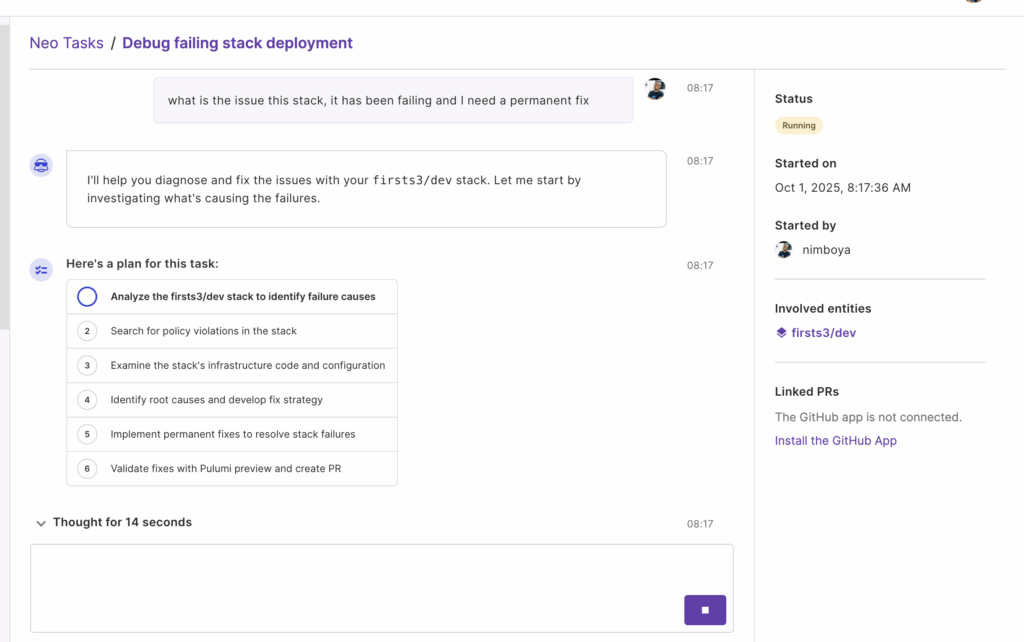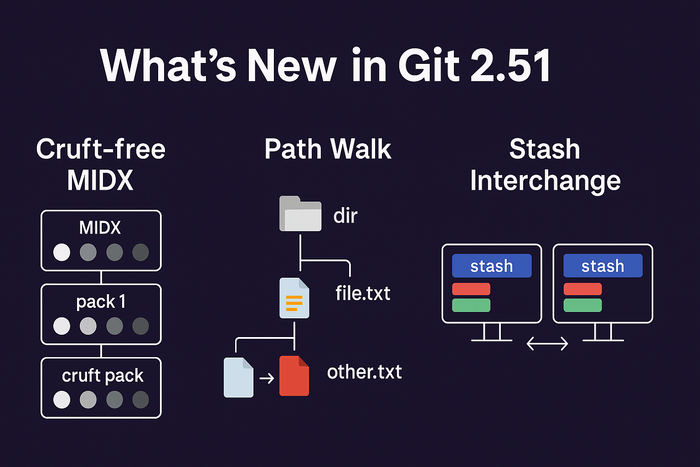When people hear “orchestration,” their minds often jump to heavyweight platforms with steep learning curves—HashiCorp Nomad: a lightweight, flexible orchestrator that simplifies workload management without sacrificing power. With its custom HCL scripting, Nomad simplifies the orchestration and deployment of various workloads. From Containers to binary-based workloads, Nomad can orchestrate and keep them running and manage the life cycle of the application. Nomad promises orchestration with half the complexity, and it delivers. Let’s delve deeper into what Nomad is and what it can do
What is HashiCorp Nomad?
Nomad is a workload orchestrator that handles more than just containers. It’s designed to run:
- Containers (Docker, Podman)
- Virtual Machines
- Raw executables
Nomad runs as a single binary on bare metal, VMs, or in the cloud. Configuration is written in HCL (HashiCorp Configuration Language), which is cleaner and easier to manage than dozens of YAML files.
Nomad is ideal for teams seeking orchestration without complexity, allowing developers to focus on workloads, not infrastructure.
Nomad Architecture

Nomad is built for simplicity; it uses a client-server model:
🔹 Servers
- Maintain cluster state.
- Decide where jobs run.
- Handle scheduling, failover, and leader election.
🔹 Clients
- Run on worker nodes.
- Execute jobs assigned by servers.
The same binary can act as both server and client, depending on the configuration. This eliminates extra controllers, schedulers, or APIs, making Nomad lightweight, approachable, and easy to operate.
What Makes Nomad Stand Out
Nomad’s design balances simplicity and flexibility, making it unique among orchestrators:
- Single Binary Deployment: No sprawling control plane, one lightweight binary runs anywhere.
- Workload Diversity: Supports containers, JVM apps, raw executables, and even VMs.
- Flexible Architecture: A single agent can be both client and server, reducing operational overhead.
- HashiCorp Ecosystem: Integrates seamlessly with Vault (for secrets management) and Consul (for service discovery).
- Developer-Friendly Config: Uses simple HCL job specifications to lower the entry barrier and reduce YAML sprawl.
Nomad provides just enough power for orchestration without the heavy lift.
Installing Nomad (Single Node for Testing)
On Linux/macOS:
Download Nomad
curl -Lo nomad.zip https://releases.hashicorp.com/nomad/1.7.1/nomad_1.7.1_linux_amd64.zip unzip nomad.zip sudo mv nomad /usr/local/bin/
Verify installation
nomad version
Start a Dev Agent (server + client)
nomad agent -dev
This spins up a single-node cluster for testing purposes.
Basic Concepts
🔹 Jobs
A job defines what you want Nomad to run. It can be:
- Service: long-running process (web server, API).
- Batch: one-off tasks (DB migrations, cron jobs).
🔹 Task Groups
Jobs are divided into task groups (like pods in Kubernetes).
- Each task group can have multiple tasks.
- Tasks can be Docker containers, executables, or scripts.
Example Job File (HCL)
job "hospital-app" { datacenters = ["dc1"] type = "service" group "web" { count = 2 task "app" { driver = "docker" config { image = "myhospital/hospital-app:latest" ports = ["http"] } resources { cpu = 500 memory = 256 } } network { port "http" { static = 8080 } } } }
- type = “service”: long-running.
- count = 2: 2 instances of the app.
- driver = “docker” : runs a container.
Running a Job
Plan the job
nomad job plan hospital-app.nomad
Run the job
nomad job run hospital-app.nomad
Check job status
nomad job status hospital-app
Security and Service Discovery
Nomad integrates with the HashiCorp ecosystem for modular adoption:
- Vault: Securely manage secrets, tokens, and credentials.
- Consul: Register services, perform health checks, and enable service mesh features.
This approach allows teams to adopt Nomad gradually without a full infrastructure overhaul.
When to Use Nomad
Nomad is ideal for:
- Teams want orchestration without operational overhead.
- Workloads beyond just containers.
- Developers seeking simplicity and speed.
- Environments where flexibility and modularity matter.
Sometimes, a full orchestration suite isn’t necessary; Nomad gives you just enough control without the weight.
Limitations and Trade-offs
Nomad isn’t perfect:
- Smaller ecosystem compared to Kubernetes.
- Fewer out-of-the-box integrations.
- Designed for simplicity, not hyperscale clusters.
But if ease of use, flexibility, and quick adoption matter, these trade-offs are manageable.
Conclusion
Nomad proves orchestration doesn’t have to be complicated. It’s clean, declarative, and production-ready. Whether deploying microservices, batch jobs, or legacy binaries, Nomad offers a unified control plane that’s easy to operate and scale.
You can learn more from the official Nomad website.






